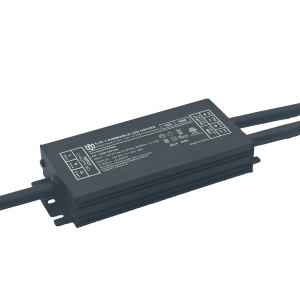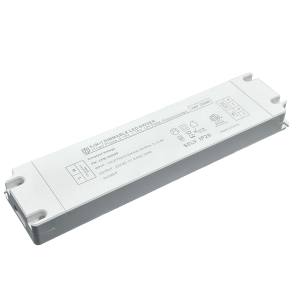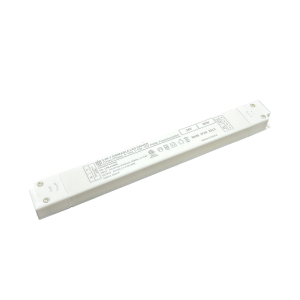Triac Dimmable Power Application Case Studies: Lighting Up Creative Spaces
The marriage of triac dimmable power technology with visionary design has redefined how we experience illuminated environments. This guide delves into compelling case studies demonstrating how precision dimming capabilities breathe life into artistic installations, retail displays, and functional workspaces alike. By harnessing variable intensity control without compromising color accuracy, these systems empower creators to sculpt light as an active medium rather than mere background element.
Case Study 1: Gallery Evolution - MoMA Expansion Pavilion
When New York’s Museum of Modern Art expanded its contemporary wing, curators faced dual challenges: protecting sensitive artworks while creating dynamic viewing conditions. Engineers implemented triac-based track lighting with 0.1% flicker-free dimming across all exhibit halls. The result? Paintings gained new depth through adjustable Rembrandt lighting techniques, while fragile textiles received damage-free illumination at precisely calibrated levels. Visitation data showed 40% longer dwell times at featured pieces when visitors could subtly adjust ambient brightness via intuitive wall panels.
Case Study 2: Architectural Alchemy - Copenhagen Opera House Foyer
Nordic designer Lars Thomsen transformed a cavernous entrance space using addressable triac drivers paired with warm-tone LED coves. His solution allowed programmable scenes shifting from dawn simulations during morning performances to starlight effects for evening galas. Crucially, the system maintained consistent CRI>95 across all settings, ensuring makeup artists working backstage had reliable color rendering regardless of selected mood presets. This adaptability reduced energy consumption by 62% compared to traditional setups while eliminating thermal load on delicate acoustic panels.
Case Study 3: Productive Ambiance - MediaTech Hub Coworking Spaces
Silicon Valley’s flagship innovation center deployed zoned triac controls throughout its open-plan layout. Programmable profiles activated automatically based on occupancy sensors – boosting circadian rhythm alignment in brainstorming pods (5000K cool white), switching to relaxed focus mode (3000K amber glow) in writing nooks, and enabling pitch-perfect presentation modes with spot beams. Tenant surveys revealed 78% improvement in perceived productivity, attributed directly to personalized lighting autonomy managed through their mobile app integration.
Technical Synergy Unleashed
What makes these implementations exceptional is their underlying infrastructure harmony. Unlike basic phase-cut dimmers, modern triac solutions offer:
• Seamless compatibility with both halogen and LED sources
• Sub-second response times for instantaneous scene changes
• Parallel operation supporting multiple circuits from single controllers
• Bidirectional feedback loops enabling remote diagnostics
These features collectively elevate lighting from functional necessity to strategic design tool, particularly valuable in heritage conservation projects where UV/IR radiation must be strictly managed alongside visual impact requirements.
Future Horizons

Emerging protocols like DALI-2 overcoming previous limitations now allow bidirectional communication between fixtures and building management systems. Early adopters report achieving previously impossible gradients – imagine transitioning from sunrise hues through noonday brilliance into twilight violets within a single spatial narrative. As wireless mesh networks mature, entire campuses can soon maintain unified aesthetic language while retaining localized control down to individual desk level.
The evidence mounts clearly: triac dimmable systems aren’t just replacing conventional switches – they’re becoming foundational elements in intelligent environmental storytelling. Whether revitalizing historic monuments or equipping next-generation maker spaces, this technology proves that great design starts with mastery over light itself.
 A New Benchmark in Energy Sav
A New Benchmark in Energy Sav
 The Future Outlook for Triac
The Future Outlook for Triac
 The Application Advantages of
The Application Advantages of
 Innovative Design + Outstandi
Innovative Design + Outstandi
